Hey there, bird lovers! Are you tired of your bird feeders being as empty as a desert? Well, get ready to have your feathers ruffled because I’m about to share some mind-blowing secrets with you! Did you know that there are over 10,000 species of birds in the world? Yep, that’s right! And if you’re wondering how to attract more of these beautiful creatures to your bird feeders, you’ve come to the right place. In this blog post, we’ll delve into some tried-and-true methods and expert tips to transform your bird feeders into a buzzing bird paradise. So grab your binoculars and let’s dive in!
Feathered Favorites: Top Picks for Happy and Healthy Birds



Choosing the Right Location
If you’re a bird enthusiast and want to attract a variety of feathered friends to your backyard, it’s important to choose the right location for your bird feeders. Birds are more likely to visit and enjoy the food you provide if the feeders are placed in a safe and comfortable environment. In this blog post, we’ll explore some key factors to consider when selecting the perfect spot for your bird feeders.



Protection from Predators
Birds are vulnerable to predators, so it’s crucial to position your feeders in a location that offers protection. Here are some tips on ensuring safety for your feathered visitors:
- Place the feeders at least 10 feet away from any trees or shrubs where predators can hide.
- Consider using squirrel-proof feeders or installing baffles to prevent squirrels or other small animals from accessing the feeders.
- Hang the feeders at a height that is difficult for predators like cats to reach.
Remember, providing a safe environment for birds will not only increase their likelihood of visiting but also give them peace of mind while enjoying their meals.
Shelter from Harsh Weather Conditions
When selecting the location for your bird feeders, it’s important to consider the impact of weather conditions. Birds need shelter from harsh weather elements such as strong winds, heavy rain, or excessive sunlight. Here’s what you can do to provide a comfortable feeding space:
- Choose a spot that offers some natural cover, such as trees or shrubs, to shield the feeders from direct exposure to the elements.
- Consider placing the feeders near a porch, patio, or under a roof overhang to provide additional protection.
- If your area experiences extreme weather conditions, you might want to invest in feeders with built-in weather guards or domes to shield the food from rain or snow.
By providing a sheltered feeding area, you’ll ensure that birds feel comfortable and are more likely to return to your feeders time and time again.
Selecting the Right Bird Food
Birdwatching is a delightful hobby that allows us to appreciate the beauty and diversity of our avian friends. One of the key factors in attracting a variety of bird species to your backyard is providing them with the right food. Different birds have different dietary preferences, so it’s important to do a little research and offer a range of bird foods to cater to their needs. In this blog section, we will explore the various types of bird food and discuss how to choose the right ones to attract a diverse range of birds.


Research the Birds in Your Area
Before you start stocking up on bird food, it’s a good idea to familiarize yourself with the bird species that are commonly found in your area. By understanding their dietary preferences, you can ensure that you offer the right types of food to attract them to your backyard.
Here are a few ways to research the birds in your area:
- Consult local birding guides or websites that provide information on bird species in your region.
- Join local birding groups or forums where enthusiasts can share their observations and knowledge about local birds.
- Visit your nearest nature reserve or bird sanctuary and speak with the staff to gather insights about the bird species in your area.
Types of Bird Food
Now that you have a better understanding of the birds in your area, let’s explore the different types of bird food that you can offer to attract a diverse range of species.
Seeds
Seeds are a popular choice among many bird species. They provide essential nutrients and are readily available in various forms. Here are some common types of seeds that birds love:
- Sunflower seeds: Loved by a wide range of birds, including finches, cardinals, and jays. Black oil sunflower seeds are particularly popular due to their high oil content.
- Nyjer (thistle) seeds: Preferred by finches, such as goldfinches and house finches. These tiny seeds require a specialized feeder with small ports.
- Safflower seeds: Attractive to cardinals, chickadees, and doves. Squirrels are less likely to be interested in safflower seeds, making them a good choice if you want to deter squirrels.
Suet
Suet is a high-energy food source that is especially beneficial for birds during the colder months or breeding season. It is made from animal fat and can be offered in various forms, including suet cakes, balls, or plugs. Here are a few suet options to consider:
- Peanut butter suet: Loved by woodpeckers, nuthatches, and chickadees. It combines the high fat content of suet with the protein-rich goodness of peanut butter.
- Insect suet: Appeals to insect-eating birds like bluebirds and warblers. It contains dried insects, such as mealworms, which provide a valuable source of protein.
- Berry suet: Attracts birds that enjoy fruits, such as mockingbirds and thrushes. It contains dried berries or fruits mixed with suet for added appeal.
Nectar
If you want to attract hummingbirds or orioles, nectar is a must-have in your bird feeding repertoire. You can prepare your own nectar using a mixture of four parts water to one part ordinary table sugar. Avoid using honey or artificial sweeteners, as they can be harmful to the birds. Alternatively, you can purchase commercial nectar mixes that are specifically formulated for hummingbirds and orioles.
Choosing the Right Bird Food
To attract a diverse range of bird species, it’s important to offer a variety of bird foods. Here are a few tips to help you choose the right bird food:
- Use multiple feeders: Set up different types of feeders to accommodate different food preferences. For example, have a tube feeder for seeds, a suet feeder for suet, and a hummingbird feeder for nectar.
- Opt for quality products: Choose bird food from reputable brands that prioritize quality ingredients. Look for products that are free from fillers, preservatives, and artificial additives.
- Consider seasonal variations: Birds’ dietary needs can change throughout the year. Make sure to adjust your bird food offerings based on the seasons. For example, suet can be particularly beneficial during the colder months when birds need extra energy to stay warm.
Providing Water and Shelter
Birds are not only beautiful creatures to observe, but they also play a vital role in our ecosystem. To attract more birds to your backyard, it’s crucial to provide them with more than just food. Ensuring that they have access to water and shelter will create a welcoming habitat and encourage a diverse range of bird species to visit. In this blog post, we will explore the importance of water and shelter for birds and provide practical tips on how to incorporate these features into your outdoor space.
The Importance of Water for Birds
Water is essential for birds, as they need it for drinking and bathing. By providing a water source, you can attract a wider variety of bird species to your backyard. Here are some key points to consider:
- Birdbaths: Birdbaths are a popular choice for providing water to birds. Choose a birdbath with a shallow basin, allowing birds to drink and bathe safely. Place the birdbath in a visible and accessible area, preferably near trees or shrubs where birds can perch and observe their surroundings.
- Water Features: Consider adding a water feature, such as a small pond, fountain, or waterfall, to your outdoor space. These features not only provide water for birds but also create a soothing atmosphere. Ensure that the water is clean and free from chemicals, as birds are sensitive to pollutants.
- Maintenance: Regularly clean and refill the water source to ensure it remains fresh and inviting for birds. In hot weather, be mindful of evaporation, and top up the water as needed.
Creating Shelter for Birds
Birds require shelter to rest, nest, and seek protection from predators and harsh weather conditions. Here are some ways you can provide shelter for them:
- Trees and Shrubs: Planting trees and shrubs in your yard offers birds places to perch, hide, and build their nests. Opt for native species, as they provide food sources and ideal habitat for local bird populations. Examples of bird-friendly trees include oak, cherry, and dogwood.
- Birdhouses and Nesting Boxes: Install birdhouses and nesting boxes in your garden to provide additional shelter for birds. These structures mimic natural nesting sites and offer a safe place for birds to lay eggs and raise their young. Ensure that the birdhouses have the appropriate entrance size and ventilation for the target bird species.
- Hedges and Brush Piles: Dense hedges and brush piles create natural shelters for birds. These features offer protection from predators and serve as windbreaks during storms. Consider incorporating these elements into your landscape design to attract a diverse range of bird species.
Maintaining Clean Feeders
Bird feeders are a wonderful addition to any backyard, providing a reliable source of food for our feathered friends. However, it’s important to remember that regular maintenance is crucial to keep the feeders clean and safe for the birds. In this blog section, we will discuss the importance of cleaning your bird feeders, how to do it effectively, and the benefits it brings to both the birds and your overall birdwatching experience.
Why Clean Feeders Matter
Dirty feeders pose several risks, including the spread of diseases and a decline in bird activity. When feeders become clogged with old food, debris, and droppings, they create an ideal breeding ground for harmful bacteria and fungi. Birds that visit these contaminated feeders can contract diseases such as avian pox and salmonellosis, which can have devastating effects on their health.
Moreover, birds are smart and selective creatures. If they encounter a dirty feeder, they are more likely to avoid it altogether, seeking out cleaner sources of food elsewhere. By maintaining clean feeders, you can create an inviting and hygienic feeding environment that will attract a diverse array of bird species to your backyard.
Effective Cleaning Techniques
Cleaning your bird feeders doesn’t have to be a daunting task. With a few simple steps, you can ensure that your feeders remain clean and safe for the birds. Here’s what you need to do:
- Empty the Feeder: Start by removing all the remaining food from the feeder. Dispose of any stale or moldy food properly.
- Disassemble the Feeder: Take apart the feeder, separating all the different components. This will allow you to clean each part thoroughly.
- Soak in Warm, Soapy Water: Fill a basin or sink with warm water and add a mild dish soap. Soak the feeder parts for about 15-20 minutes to loosen any dirt or debris.
- Scrub and Rinse: Use a brush or sponge to scrub the feeder, paying close attention to the nooks and crannies where dirt may accumulate. Rinse each part thoroughly with clean water.
- Dry Completely: After cleaning, ensure that all the feeder components are completely dry before reassembling. Moisture can promote the growth of mold and bacteria, so take the time to air-dry or use a clean cloth to dry them.
- Refill with Fresh Food: Once your feeder is dry and reassembled, fill it with fresh birdseed or nectar. Remember to use high-quality bird feed that is free from contaminants.
The Benefits of Clean Feeders
Regularly cleaning your bird feeders brings numerous benefits, not only to the birds but also to your birdwatching experience. Here are some of the key advantages:
- Healthier Birds: By providing clean feeders, you reduce the risk of disease transmission among the bird population in your area. This promotes the overall health and well-being of the birds that visit your backyard.
- Attracting a Variety of Birds: Clean feeders are more likely to attract a diverse range of bird species. Different birds have different feeding preferences, and maintaining clean feeders ensures that you can cater to a wide assortment of avian visitors.
- Enhanced Birdwatching Experience: With clean feeders, you’ll have the opportunity to observe birds up close, appreciating their vibrant colors and unique behaviors. This can make your birdwatching sessions even more enjoyable and rewarding.
- Longer Feeder Lifespan: Regular cleaning helps extend the life of your bird feeders. By removing debris and preventing the buildup of mold or rust, you can ensure that your feeders remain in good condition, lasting for years to come.
Enhancing Your Bird Feeding Experience: Final Tips and Takeaways
In conclusion, attracting more birds to your bird feeders is all about creating the perfect environment for them. By selecting the right location, offering a variety of bird food, providing water and shelter, and maintaining clean feeders, you can create an irresistible oasis for our feathered friends. So get ready to enjoy the beauty of nature right in your own backyard! Happy bird-watching!
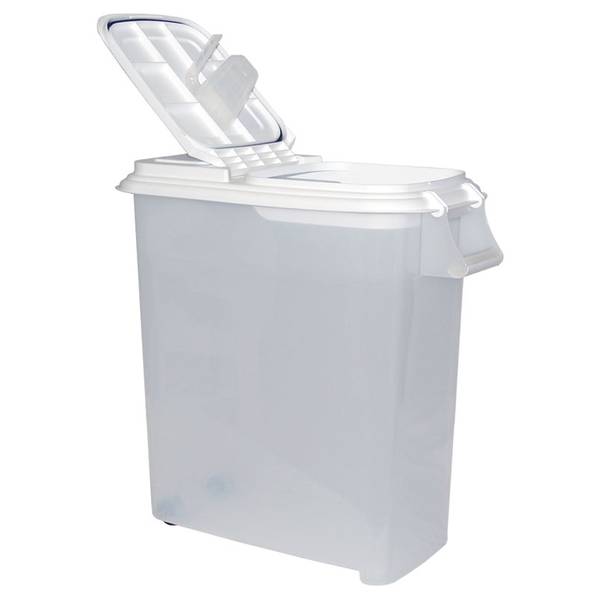
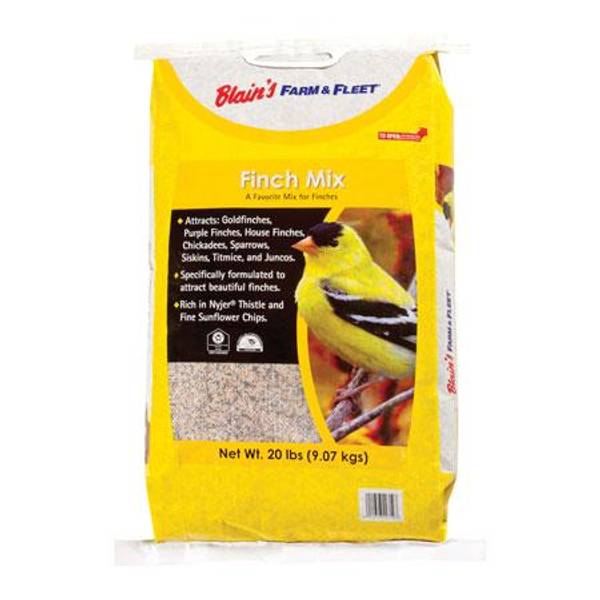
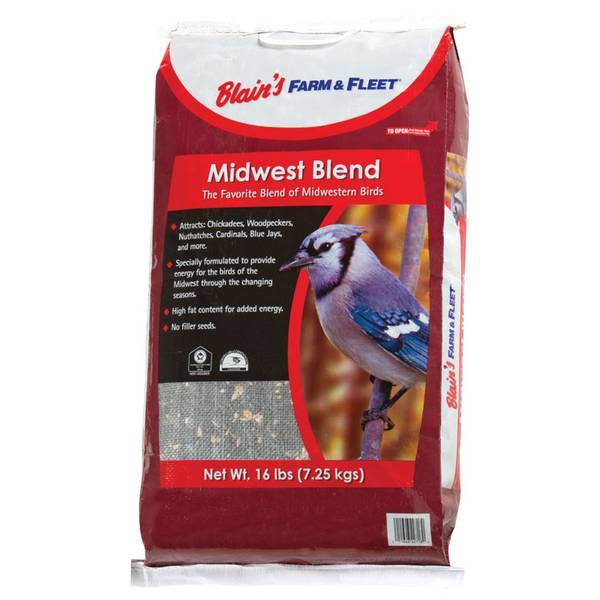
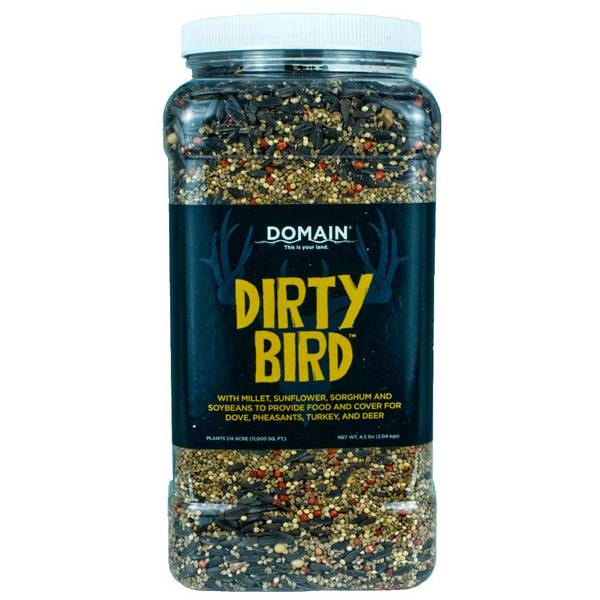
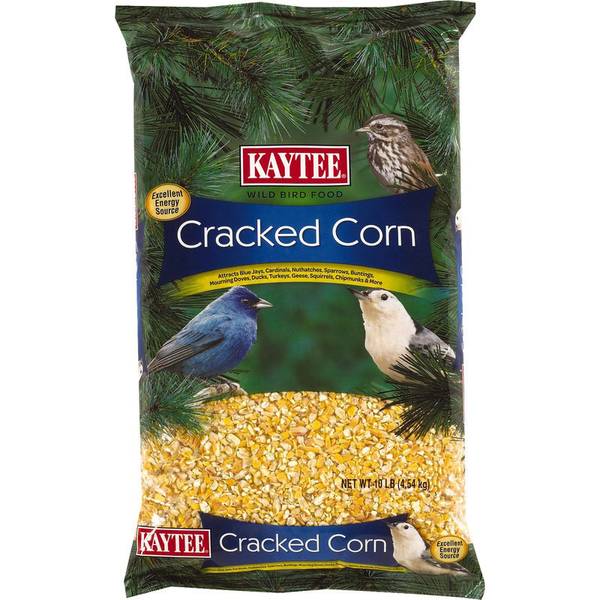
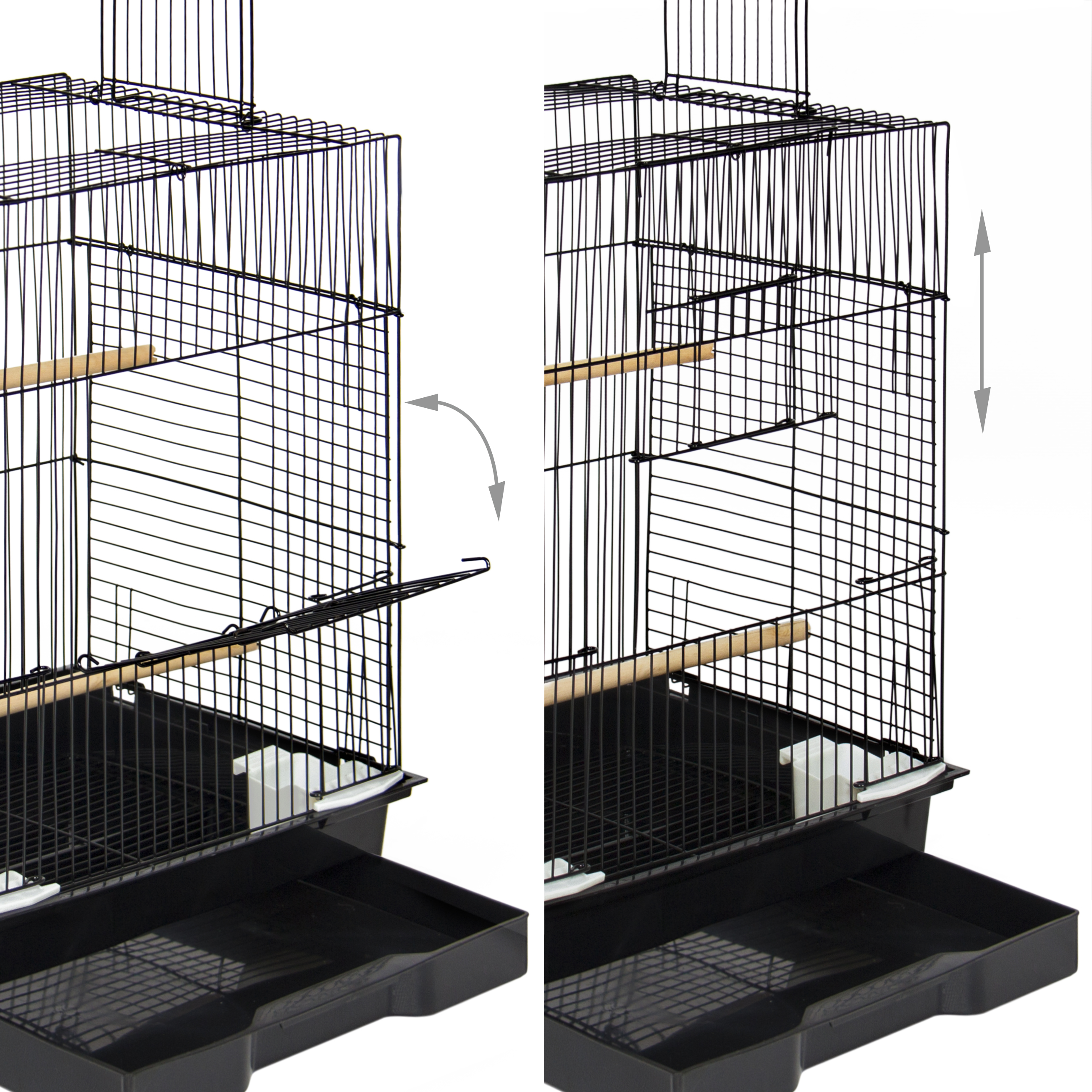


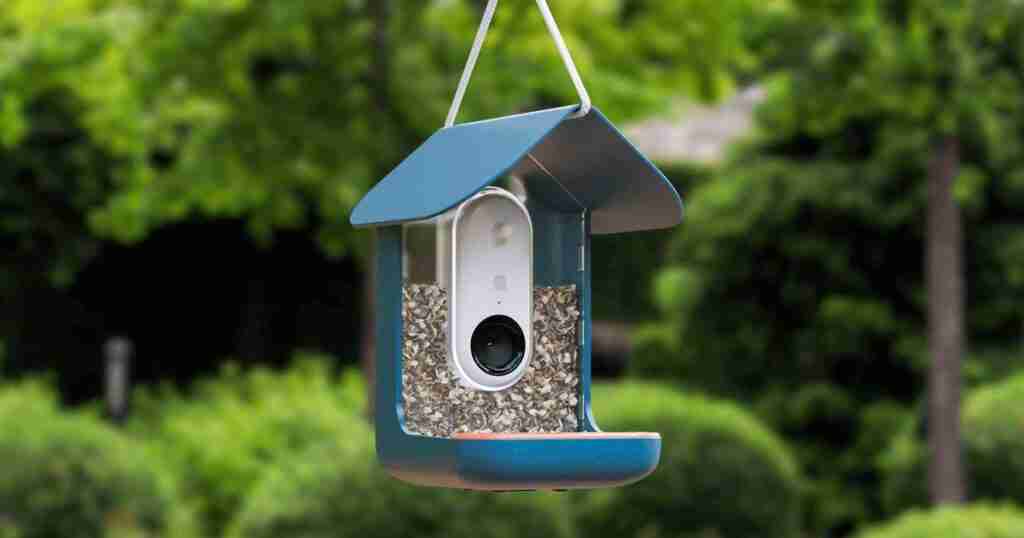

I also found that placing the feeders in a quiet and safe location, away from predators like cats, helps attract more birds.
I’ve started keeping a bird bath nearby, and it’s amazing how many birds visit for a quick drink and bath!
I’ve started planting native plants and flowers in my yard, and it seems to be attracting more birds as well.
I found this article very helpful! I’ve been struggling to attract more birds to my feeders and these tips are great.
It’s important to regularly clean the feeders to prevent the spread of diseases among the birds.
One thing I’ve noticed is that having a variety of different feeders with different types of food attracts a wider range of birds.